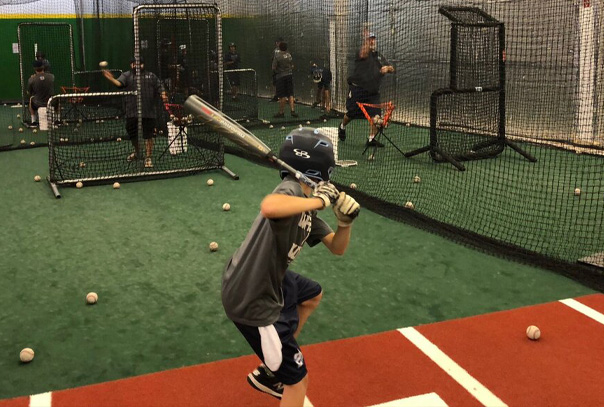 As coach and teacher for almost 20 years, I believe that time invested in a practice plan pays back tremendously in performance. When you are laying out your next practice or creating a long-term plan, here’s some food for thought:
As coach and teacher for almost 20 years, I believe that time invested in a practice plan pays back tremendously in performance. When you are laying out your next practice or creating a long-term plan, here’s some food for thought:
1. Long Term vs. Short Term
Are you preparing for Friday’s game or trying to build a skill that will be used over a long period of time? Learning is messy, and things can take a while to click for most players and teams. Consider shorter intervals more often if you are trying to master a skill over a longer period. Something that needs to be learned over a shorter time frame requires more urgency when practicing. In these instances, try to create pressure through rewards and competition, but always remember to end on a positive note.
2. Individual vs. Team
Consider grouping similar skill sets when teaching individual skills. For example, in our offensive groups we try to group players by swing types and ability levels. With team skills, what are you trying to accomplish? Parity and equity in grouping will create more competition and should increase intensity. Grouping by ability will help skill acquisition in individuals, yet grouping players who differ greatly in ability might be a detriment to each of them.
3. Utilize Your Staff and Players
Give your assistants autonomy to be creative within your structure. The best players are those who can coach themselves. For players guiding themselves (like in the batting cage), give task-oriented drills with a desired specific outcome. A launch angle line on a cage net, exit velo contests or 9-hole HORSE competitions for pitchers gives players a chance to work on their own with a specific outcome in mind. Be creative!
4. Content vs. Time
Are you addressing your content goals within the practice plan? Do you want your team to be better baserunners, but never work on baserunning? Is your team struggling to field a ground ball, but you focus an hour per day on bunt coverages and 1st/3rd defenses? I’ve been guilty of it all! On a general scale, if you want to be better at something, be intentional about practicing it.
The amount you practice a certain facet of the game should mirror how often it happens in the game setting. With advancements in tech and data, it is as easy as it’s ever been to quantify how often bunts, first and third plays, batted ball data, double play opportunities and so many other scenarios happen during a season. For example, if 81% of ground balls to a first baseman are top-spun from a left-handed hitter, then 81% of the ground balls they practice should be top-spun from a left-handed hitter.
5. Save Your Practice Plans
Revamping a drill, progression, or entire practice plan keeps things fresh and aligned to your current goals and priorities. I keep all of my practice plans in “the cloud” and try to make notes on them the day after practice in what worked and what didn’t work. If it didn’t work, note what went wrong. Were the groups too big, so it dragged on? Was it too easy to be engaging or too hard to be productive? Did it require more set-up time or more equipment? Was the outcome not what you planned to work on?
Being intentional and specific with your practice plans will help you stay focused on what you are doing to develop your players, coaches, and your program. Good luck!